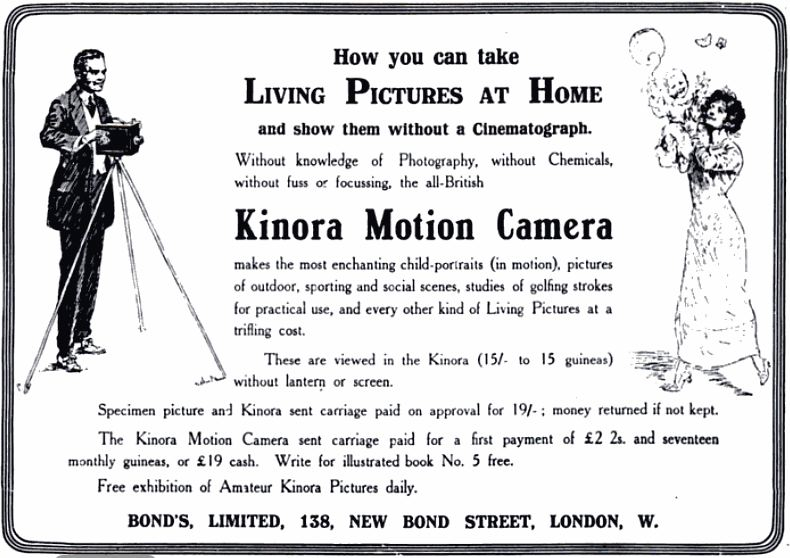What the Butler Saw
In 1894 Herman Casler, a former engineer for Edison, brought to market a motion picture machine that avoided expensive and dangerously flammable nitrate film. Nothing more than a circular flipbook with a gear attached, the Mutoscope was immediately put to use filling bars and arcades with one to two minute doses of penny-per-play peep shows. In England the machine was known by the name of it’s earliest soft-core feature,[“What the Butler Saw.” **]4 Middle Class Moralizers went bonkers, even though **the names **were racier than the content.**
I saw my first Mutoscope in the fall of 2007, when Janine and I visited the Museum of the Moving Image in Queens. I loved the machine for a mechanical elegance directly embodying the process of animation. In a film machine the photo medium and the motion mechanism are separate, but the Mutoscope relies on the picture medium itself for the motion mechanics. In an age of bits, I was enthralled by the ambiguous line between player and content found in the Mutoscope.
Now I’m building an unusually large one for Fernando Renes. When I first went into his studio and saw stacks of 13,000 page-animations all watercolored onto 11″x 13″ paper I knew they needed a more appropriate container than some home-burned DVD. It took a year to get the project going, but now it is. I’ll post more as I work. My machine owes it’s origins to the card design of the Kinora, and the innovations of a mid-century pinball mogul. More on that later.
Fernando loves making home movies, so the Kinora is appropriate place to start, being the first truly affordable home movie machine ever sold. In 1909 a Kinora home camera that printed directly onto punch paper monoprint reels was released. Although I’ve found no evidence, I bet the Butler saw a whole lot more than made it into wide distribution. Two things sell video players- porn, and the promise of a better golf swing.
Read more on motion portraiture and advances in flipbook technology in this article I copied from History of Photography Volume 13 Number 1, January/March 1989. Stephen Hebert wrote it, he’s definitely the expert on this topic.

